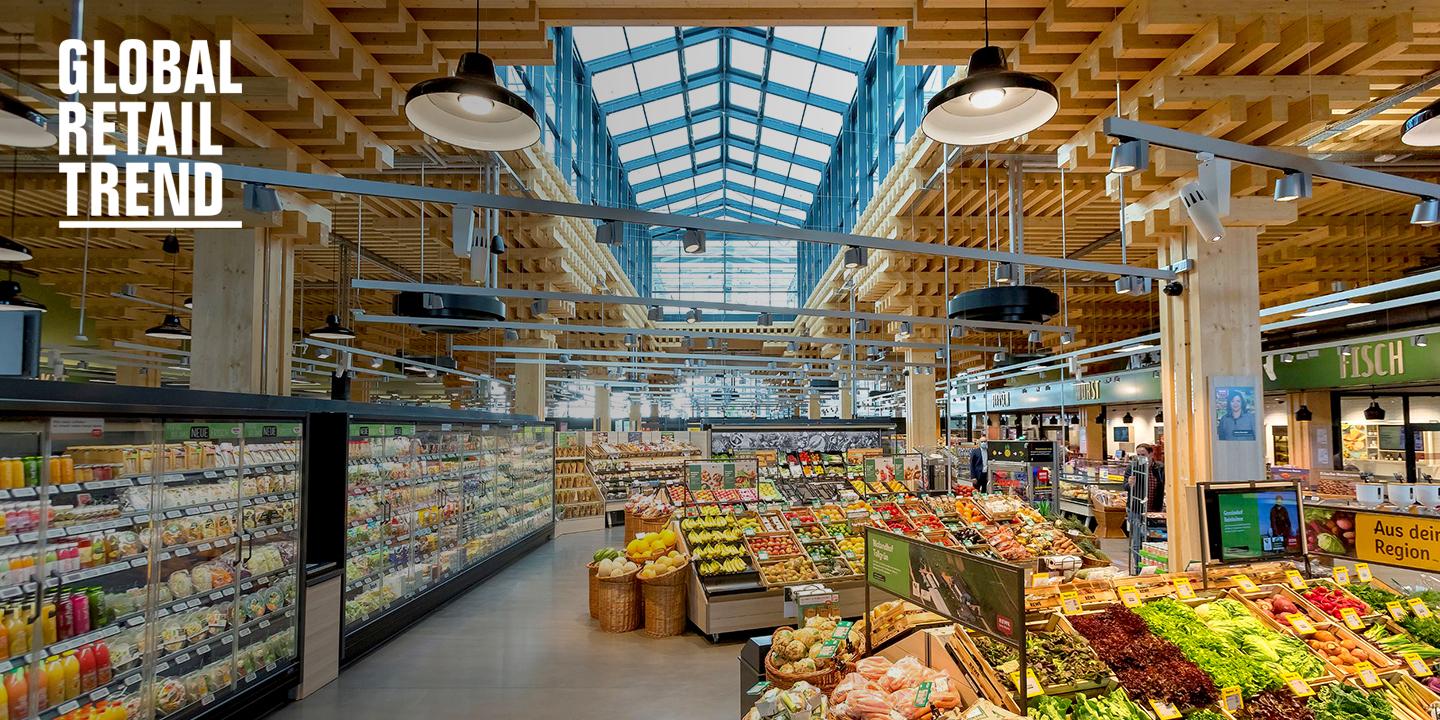

American Grocery Stores: Everything You Need to Know
Grocery shopping is an essential part of American life, shaping the way people fuel their families and support their communities. From giant supermarket chains to farmer’s markets brimming with fresh, local produce, American grocery stores offer something for everyone. In this comprehensive guide, we’ll explore the landscape of grocery stores in the United States, the latest trends, shopping tips, and the benefits of choosing the right store for you.
Overview of American Grocery Stores
The United States boasts a diverse range of grocery stores, catering to various budgets, dietary needs, and preferences. The grocery industry in America is highly competitive, encompassing:
- Large supermarket chains: Walmart, Kroger, Safeway, and Albertsons dominate grocery sales with extensive product selections.
- Specialty stores: Trader Joe’s and Whole Foods Market focus on organic, natural, and premium products.
- Discount stores: Aldi and Lidl provide affordable prices by streamlining their product offerings and operations.
- Local and ethnic markets: Smaller grocery stores cater to specific communities, offering authentic ingredients.
- Online grocery shopping: Services like Instacart and Amazon Fresh have revolutionized how Americans shop for food.
Top American Grocery Store Chains
Here’s a snapshot of some of the most popular and widely recognized grocery store brands across the nation:
| Grocery Store | Specialty | Typical Price Range | Regions Served |
|---|---|---|---|
| Walmart | General groceries, low prices | $ – $$ | Nationwide |
| Kroger | Wide selection, loyalty programs | $ – $$$ | Midwest, South, Pacific Northwest |
| Trader Joe’s | Organic, unique private-label products | $$ – $$$ | Nationwide |
| Whole Foods Market | Organic, natural, premium quality | $$$ | Nationwide |
| Aldi | Discount, private-label focused | $ | Nationwide |
| Safeway | Traditional supermarkets, fresh foods | $$ | West, Mid-Atlantic |
Why Choose American Grocery Stores?
Shopping at American grocery stores offers several benefits, whether you prioritize convenience, price, or product quality.
- Variety: From fresh produce and meat to international delicacies and specialty diets, American grocery stores cater to diverse tastes and needs.
- Accessibility: With thousands of locations nationwide, grocery stores are usually within easy reach.
- Competitive Pricing: Stores often offer weekly deals, discounts, and loyalty rewards to help you save money.
- Innovation: Growing incorporation of technology such as self-checkouts, online ordering, and curbside pick-up enhances the shopping experience.
- Support for Local Producers: Many stores are increasing their focus on local sourcing, benefiting regional farmers and artisans.
Practical Tips for Shopping at American Grocery Stores
Maximize your grocery shopping experience with these practical tips:
- Make a shopping list: Plan your meals in advance and stick to your list to avoid impulse buys.
- Use store apps and loyalty cards: Many chains provide digital coupons, exclusive discounts, and tracking for saved receipts.
- Shop seasonal and local produce: This ensures better freshness and often helps save money.
- Check unit prices: Compare products by cost per ounce or weight to get the best deals.
- Visit multiple stores: Shopping around can help you take advantage of sales and specialty products.
- Consider online or curbside options: Convenient alternatives save time and reduce exposure during busy seasons.
Current Trends in the American Grocery Industry
The grocery market in the U.S. is constantly evolving. Here are some trends impacting how Americans shop today:
1. Rise of Organic and Health-Conscious Shopping
Consumers demand healthier, non-GMO, and organic foods. Stores like Whole Foods and Trader Joe’s lead the way in catering to this market segment.
2. Growth of Online Grocery Sales
The pandemic accelerated adoption of online grocery shopping. Many stores now offer delivery and pickup services, combining convenience with safety.
3. Sustainability and Eco-Friendly Packaging
Grocery stores increasingly use sustainable packaging, reduce food waste, and promote environmentally friendly products to meet consumer expectations.
4. Technology Integration
Self-checkout kiosks, mobile payment systems, and AI-powered inventory management are improving efficiency and shopping experience.
Customer Experience: Real-Life Example from a Shopper
Amy, a mother of two from Ohio, shares her experience:
“I love shopping at Kroger because they have everything I need in one place. Their loyalty program saves me a lot, and I appreciate their organic selections for my kids. During busy weeks, I use their curbside pickup, which saves so much time!”
This is a common sentiment among American consumers who value convenience, selection, and savings when choosing their grocery stores.
Table: Comparing Grocery Store Features
| Feature | Walmart | Trader Joe’s | Aldi | Whole Foods |
|---|---|---|---|---|
| Price | Low | Medium | Very Low | High |
| Organic Options | Limited | Extensive | Moderate | Extensive |
| Product Variety | Wide | Curated | Limited | Wide (specialty focus) |
| Online Shopping | Yes | Limited | Yes | Yes |
| Customer Loyalty Program | Yes | No | No | No |
Conclusion
American grocery stores offer a dynamic and varied shopping experience designed to meet the needs of all types of consumers. From large supermarkets to niche organic markets and convenient online platforms, there’s no shortage of options across the country. By understanding the differences between store types, current industry trends, and practical shopping tips, you can make smarter, more tailored choices that save you money and time while supporting your lifestyle and values.
Whether you’re a budget-conscious shopper, a health enthusiast, or someone who values convenience and innovation, American grocery stores have something valuable to offer. Next time you step into your local market, you’ll be more informed and better equipped to navigate the aisles like a pro.






